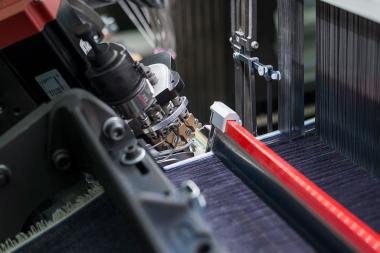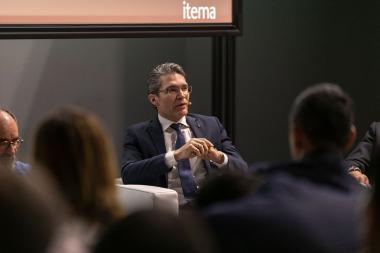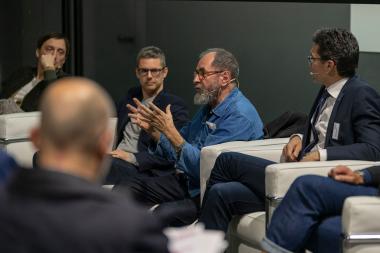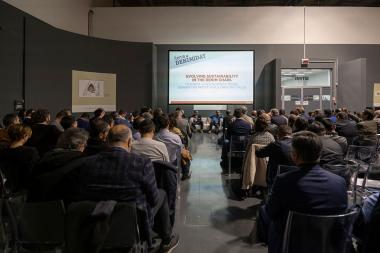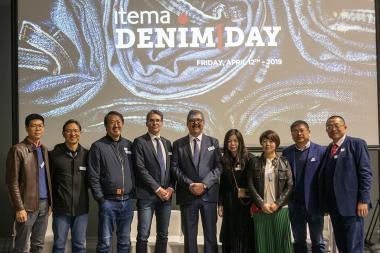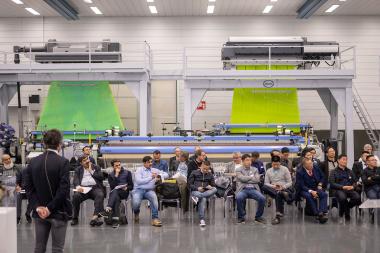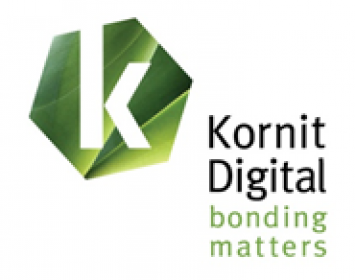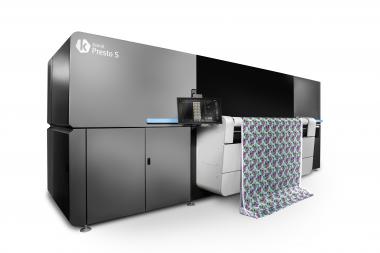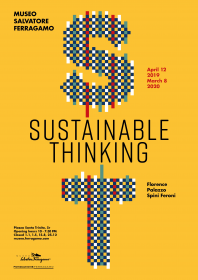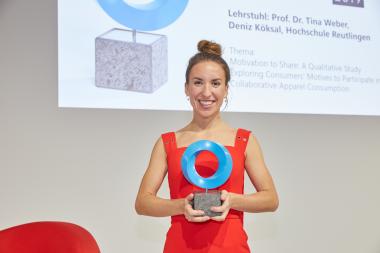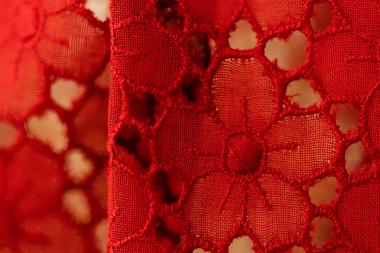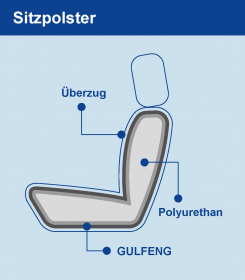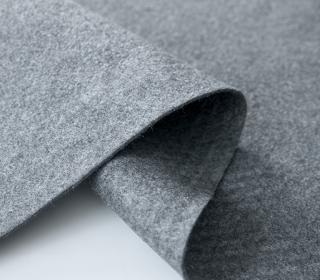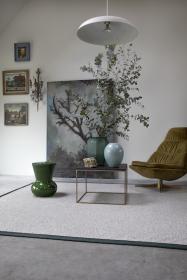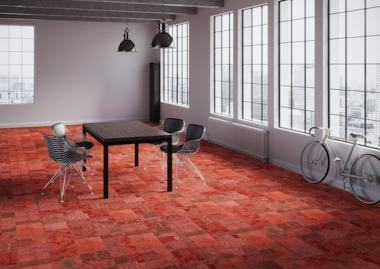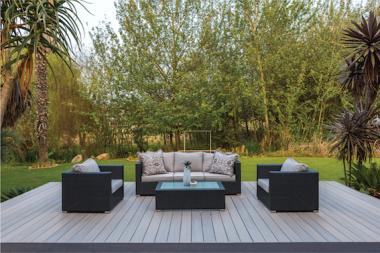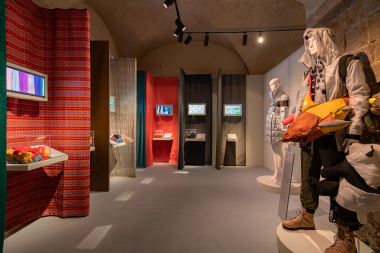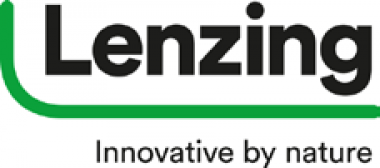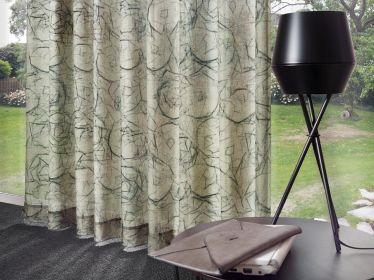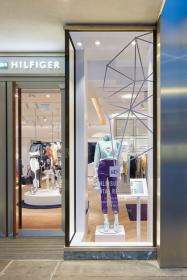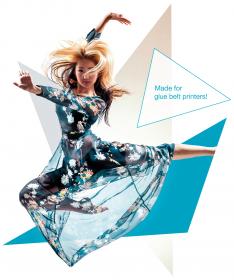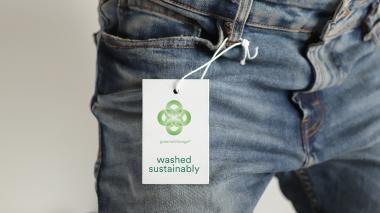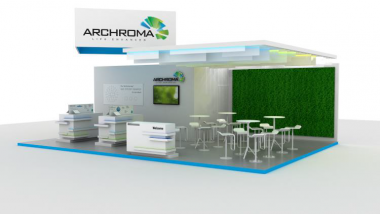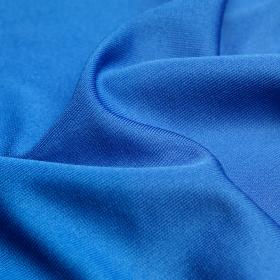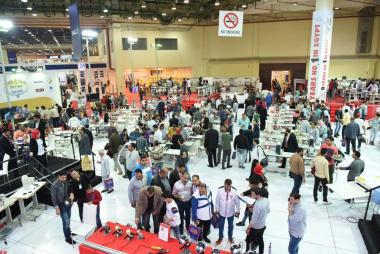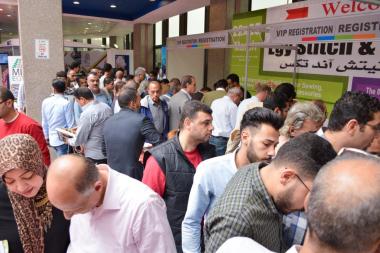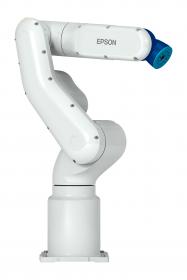BLICK HINTER DIE KULISSEN: WEITBLICK BESUCHT LIEFERANTENWERK IN ITALIEN
Frosinone, Hauptstadt der gleichnamigen Provinz in Italien, hat gut 46.000 Einwohner und ist ein beschauliches Städtchen – gut 80 Kilometer südöstlich von Rom gelegen. Hier, inmitten von Rebstöcken und Olivenhainen, hat das Unternehmen Klopman, europäischer Marktführer für Workwear-Gewebe, seinen Hauptsitz und Produktionsstandort. Weitblick bezieht als Hersteller für Premiumworkwear seit vielen Jahren hochwertige Gewebe von hier – Grund genug, um hinter die Kulissen des Werkes zu blicken und sich intensiv vor Ort davon zu überzeugen, ob und wie der Anspruch an nachhaltige, hochqualitative Produktion und ethische Grundsätze umgesetzt wird.
Der Mensch im Mittelpunkt
Den eigenen Anspruch an soziale Verantwortlichkeit hat Weitblick in einem umfangreichen Code of Conduct definiert – entlang der Produktionskette von der ersten Faser bis hin zum Entsorgungsmanagement. Klares Ziel: stets besser zu sein, als es der Gesetzgeber verlangt. Besonderes Augenmerk legt Weitblick dabei auf faire Arbeitsbedingungen und Sozialverträglichkeit entlang der Wertschöpfungskette. Darum wurde beim Gewebelieferanten Klopman ganz genau hingeschaut: 400 Mitarbeiter arbeiten aktuell in Frosinone, alle profitieren von angemessenen Gehältern, Zuschlägen für Sonntags- und Feiertagsarbeit und einer jährlichen Produktionsprämie. Zuwendungen wie eine tägliche Mahlzeit und kostenloses Wasser sowie Kranken-, und Unfallversicherung zählen zum Standard. Die Gebäude sind in Raumhöhe und Architektur so gestaltet, dass allen Mitarbeitern eine sichere, hygienische Arbeitsumgebung mit ausreichender Belüftung, Beleuchtung und Temperaturregelung zur Verfügung steht. Und im Sommer, wenn in Frosinone die Temperaturen auf ein Maximum klettern und die Arbeit im Gebäude erschweren, wird das Werk für vier Wochen geschlossen.
Wertvolle Ressourcen
Der italienische Lieferant konnte beim Workwear-Hersteller Weitblick auch im Punkt der Ressourcenschonung überzeugen: Bereits im Jahr 1986 wurde eine eigene Wasseraufbereitungsanlage in Betrieb genommen, bei der die Abwässer über ein biologisches Klärbecken mit Schilfbett behandelt werden. Dreimal täglich wird die Qualität des hier recycelten Wassers hinsichtlich des pH-Wertes sowie der Farbigkeit von externer Stelle kontrolliert und mit den strengen EU-Abwasserrichtlinien abgeglichen. Verwendung findet das recycelte Wasser dann unter anderem wieder als wertvolle Ressource bei der Gewebeproduktion.
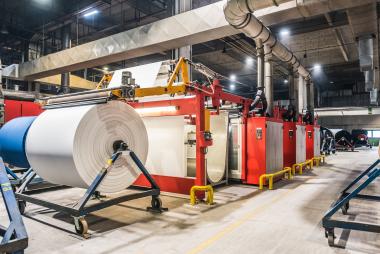 (c) WEITBLICK® | Gottfried Schmidt OHG
(c) WEITBLICK® | Gottfried Schmidt OHG
 (c) WEITBLICK® | Gottfried Schmidt OHG
(c) WEITBLICK® | Gottfried Schmidt OHG
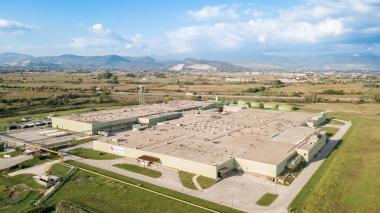 (c) WEITBLICK® | Gottfried Schmidt OHG
(c) WEITBLICK® | Gottfried Schmidt OHG
Weitblick Gottfried Schmidt OHG
WEITBLICK® | Gottfried Schmidt OHG



